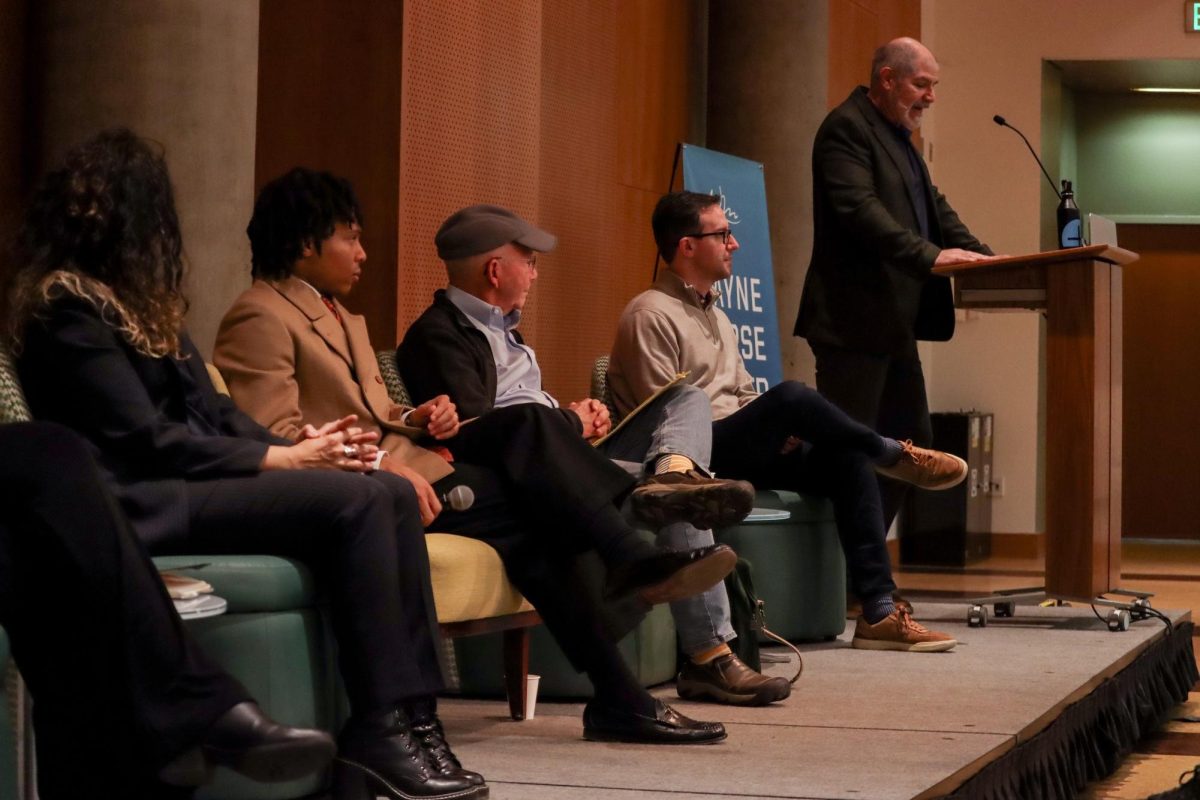Widespread distribution of the COVID-19 vaccine will be instrumental in increasing immunity and stopping the spread of the virus. Many people are eager to get the vaccine in hopes of life returning back to normal again in the coming year. If you have an underlying health condition, you may currently be eligible for the vaccine. If you’re not sure if your health condition qualifies you for a vaccine, you can contact your doctor or visit cdc.gov for a list of conditions. As soon as it becomes available to the university, President Michael Schill has pledged to make the vaccines free to students and staff.
When Are Staff and Faculty Eligible?
University of Oregon staff who are considered front line workers by the Oregon Health Authority will be eligible for the vaccine as soon as May 1 and are considered part of phase 1B. The Oregon Health Authority is currently classifying front-line workers as people in food service, public transit, government, retail, and more. The employees of the university who don’t fall under their classifications will be part of phase 2 and are able to get vaccinated July 1. University of Oregon faculty can fill out a pre-registration form online at coronavirus.uoregon.edu/vaccine.
Students and Residents of Eugene
University of Oregon students and the general public will be considered in phase 2 as well and will be able to receive the vaccine starting July 1. For residents of Lane County and students not employed by the university, a more general pre-registration form is available so that you can be notified when you’re able to schedule a time to get your vaccine. The link to this form is also available at coronavirus.uoregon.edu/vaccine. When it’s time to get your vaccine, you’ll be instructed on where to go from clinics near you.
The Big Three
The three vaccines currently being distributed are Pfizer-BionTech, Moderna, and Johnson and Johnson. Pfizer and Moderna require two shots both separated by a little less than a month and are made up of mRNA. Unlike a traditional vaccine that uses a weakened version of the virus, the mRNA vaccines help our immune systems replicate a protein that fights the virus if we contract it. The Johnson and Johnson vaccine is only one dose and uses the genetic material of a different virus. Side effects of the vaccines may include fever, headache, or chills, and are completely normal. All three of the vaccines are recommended and endorsed by the CDC and have undergone countless trials to ensure safety and effectiveness before being given to the public.
What to Know After Getting Your COVID Vaccine
Once vaccinated, it is still important to wear your mask in public. However, when spending time with other vaccinated people, masks and social distancing are no longer required, and you’re on track to protecting your community and getting life back to normal.






